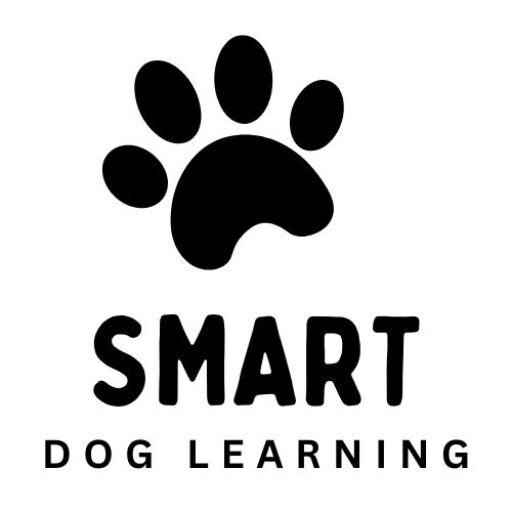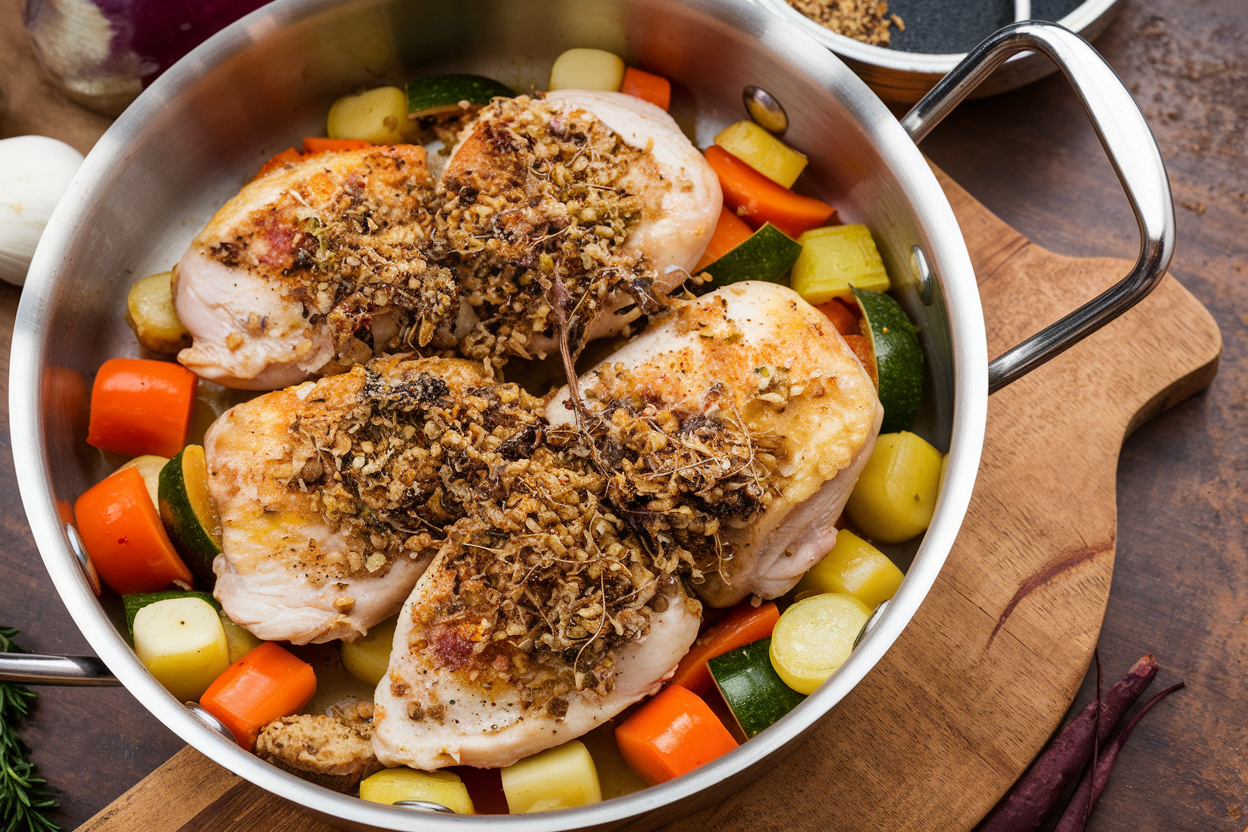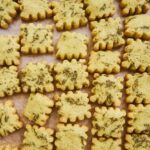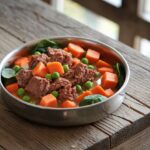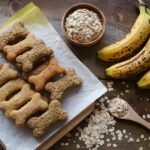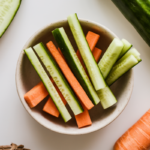Grain Free Chicken Dog Food Recipe Your Pup Will Beg For (And You’ll Feel Like a Kitchen Legend)
You want a shiny coat, zoomies on command, and a dog that polishes the bowl like it owes them rent? Feed them like an athlete, not a couch potato. This Grain Free Chicken Dog Food Recipe ditches the bulk fillers and stacks the deck with lean protein, clean carbs, and gut-friendly veggies.
It’s simple, affordable, and built to fuel energy without the post-meal slump. Make a batch today, and watch your dog give you that “you finally get me” look.
What Makes This Special
This isn’t mystery meat and corn dust. It’s real chicken, real veggies, and real results.
We skip grains to reduce common irritants that can trigger itching, tummy issues, or dull coats. You’re getting high-quality protein for muscle, fibrous carbs for steady energy, and healthy fats for skin and brain power. The kicker?
🍲 50 Printable Dog Food Recipes Your Pup Will Love
Skip the fillers and preservatives. Make healthy, homemade meals your dog will actually eat — using everyday ingredients you already trust. Vet-friendly, budget-friendly, and super easy to follow. 🐾
Perfect for picky eaters, senior dogs, and pups with sensitive stomachs. Make mealtime simple and nutritious again.
Get the Recipes Now 🐶It’s insanely customizable to your dog’s size, age, and activity level.
Plus, you know exactly what’s in the bowl—no weird by-products, no artificial colors, no alphabet-soup preservatives. Just whole-food fuel you could eat in a pinch (not that we’re recommending it). Your vet and your vacuum cleaner (less shedding) might thank you.
Shopping List – Ingredients
- 2 lbs boneless, skinless chicken thighs (higher fat than breast, more flavor)
- 1 lb chicken breast (lean protein to balance fat)
- 1 cup chopped carrots (fiber and beta-carotene)
- 1 cup chopped green beans (low-cal, high-fiber filler)
- 1 cup diced zucchini (hydration and minerals)
- 1 cup pumpkin puree (plain, not pie filling; gut-friendly fiber)
- 2 cups cauliflower rice (grain-free bulk; easy to digest)
- 2 tbsp olive oil or salmon oil (omega boost; choose salmon for skin/coat)
- 1/2 tsp turmeric (optional; anti-inflammatory)
- 1/4 tsp ground ginger (optional; tummy support)
- 3 cups low-sodium chicken broth (no onions; check label)
- Calcium source: 1 tsp finely ground eggshell powder per pound of food OR a vet-approved calcium supplement
- Canine multivitamin/mineral supplement (vet-formulated, grain-free)
Step-by-Step Instructions
- Prep the protein: Trim any excess fat from the chicken thighs and breasts.
Cut into 1/2-inch pieces for even cooking and better texture.
- Start the sauté: Heat 1 tbsp oil in a large pot over medium heat. Add the chicken and cook until no longer pink on the outside, about 5–7 minutes. Don’t fry it to death; we’ll simmer.
- Add veggies: Toss in carrots, green beans, and zucchini.
Stir for 2–3 minutes so everything gets acquainted.
- Hydrate and simmer: Pour in the low-sodium broth. Add cauliflower rice and pumpkin puree. Stir well, then reduce heat to low and cover.
- Season (dog-style): Sprinkle turmeric and ginger if using.
No salt, no onions, no garlic—ever. Simmer for 12–15 minutes until veggies are tender and chicken is cooked through.
- Cool and fortify: Remove from heat. Let it cool until just warm.
Stir in remaining oil, calcium source, and your dog-safe multivitamin as directed. Heat can degrade nutrients, so patience pays.
- Portion like a pro: Divide into meal-sized containers based on your dog’s needs (see notes below). Label with date.
Watch your sous-chef stare at you intensely.
Feeding note: A general starting point is 2–3% of your dog’s ideal body weight per day. Example: a 30 lb dog may eat ~9–14 oz per day, split into two meals. Adjust for activity, age, and body condition.
Your vet is your co-pilot.
Preservation Guide
- Fridge: Store in airtight containers for up to 4 days.
- Freezer: Portion and freeze for up to 2–3 months. Flatten freezer bags for faster thawing.
- Thawing: Overnight in the fridge or in a sealed bag under cool running water. Avoid microwaving supplements—add them after reheating.
- Reheating: Warm gently on the stove with a splash of water or broth.
Serve slightly warm, not hot. Nobody wants a scorched tongue.
Nutritional Perks
- High-quality protein: Chicken supports lean muscle and recovery, especially great for active dogs.
- Grain-free carbs: Cauliflower and pumpkin offer fiber without grain-related sensitivities.
- Healthy fats: Olive or salmon oil delivers omega fatty acids for skin, coat, joints, and cognitive health.
- Micronutrients: Carrots and zucchini bring vitamins A, C, and antioxidants. Turmeric and ginger may support inflammation and digestion.
- Balanced minerals: Added calcium is crucial for bone health when using boneless meat.
Don’t skip it.
Heads up: Homemade dog food should be balanced over time. A canine multivitamin and proper calcium help close common gaps (like calcium, vitamin D, zinc, iodine, and certain B vitamins).
Don’t Make These Errors
- Skipping calcium: This is the big one. Boneless meat without added calcium can cause nutritional imbalances fast.
- Using toxic ingredients: No onions, garlic, chives, grapes, raisins, nutmeg, xylitol, or high-sodium broths.
Ever.
- Overcooking to mush: You want tender, not sludge. Texture matters for palatability and digestion.
- Guessing portions forever: Start with 2–3% body weight and adjust every 1–2 weeks. Monitor weight, stool quality, energy, and coat.
- Forgetting water: Hydration makes digestion smoother.
Keep fresh water available at all times (obvious, but still).
- Adding supplements too early: Heat can degrade nutrients. Mix them in once the food is just warm.
Recipe Variations
- Low-fat version: Use all chicken breast and reduce oil to 1 tbsp. Great for dogs needing weight control or with pancreatitis history (check with your vet).
- Joint support: Add 1–2 tbsp unsweetened gelatin or incorporate a vet-approved glucosamine/chondroitin supplement after cooling.
- Sensitive tummy: Swap zucchini for peeled, diced sweet potato (still grain-free), and keep spices minimal.
- Allergy pivot: If chicken is a trigger, use turkey or lean pork.
Keep the rest of the method the same.
- Extra fiber: Add 1 tbsp ground flaxseed per 2 cups of food after cooling. Bonus omegas and stool support, FYI.
- Bone-in option (advanced): Use a pressure cooker to fully cook chicken with soft bones, then blend finely. Ensure there are zero hard fragments.
Only for experienced cooks.
FAQ
How much should I feed my dog daily?
Start with 2–3% of your dog’s ideal body weight per day, split into two meals. Increase for high-activity dogs, decrease for couch potatoes. Track weight and adjust every couple of weeks.
Is grain-free always better?
Not always.
Grain-free helps many dogs with sensitivities, but it’s not a magic bullet. The real win is high-quality, balanced ingredients. If your dog thrives on grains, cool.
If not, this recipe is a strong alternative.
Do I need to add supplements?
Yes. Use a canine multivitamin/mineral and a calcium source when feeding boneless meats. This ensures long-term balance that homemade recipes can lack.
Can I use a slow cooker?
Absolutely.
Add all ingredients except supplements and oil. Cook on low for 4–5 hours until chicken is cooked and veggies are tender. Stir in oil, calcium, and vitamins after cooling.
What if my dog is picky?
Warm the food slightly, drizzle a bit of salmon oil, or mix in a spoon of plain kefir or goat’s milk.
Most picky eaters fold quickly when the aroma hits.
How do I transition from kibble?
Go 75% old food/25% new for 2–3 days, then 50/50 for 2–3 days, then 25/75 for 2–3 days. Watch for stool changes and slow down if needed. No crash diets, IMO.
Can I batch cook for a month?
Yes.
Make a large batch, cool quickly, portion, and freeze. Rotate containers so you’re always using the oldest first. Quality stays solid for 2–3 months frozen.
Is this safe for puppies?
Puppies have higher protein, calorie, and mineral needs.
This recipe can work with vet-guided adjustments to calcium, phosphorus, and total calories. Always confirm with your vet for growth-stage dogs.
Wrapping Up
This Grain Free Chicken Dog Food Recipe is simple, clean, and built for performance. You control the inputs, your dog reaps the outputs: energy, a glossy coat, and that happy “feed me” twirl.
Batch it, freeze it, and tweak it to your dog’s life stage and activity level. Do it right, add the supplements, and you’ve got a meal plan that outpaces most store-bought options—without the ingredient guesswork. Your dog won’t just eat; they’ll thrive.
And yes, they’ll absolutely lick the bowl. Twice.
Printable Recipe Card
Want just the essential recipe details without scrolling through the article? Get our printable recipe card with just the ingredients and instructions.
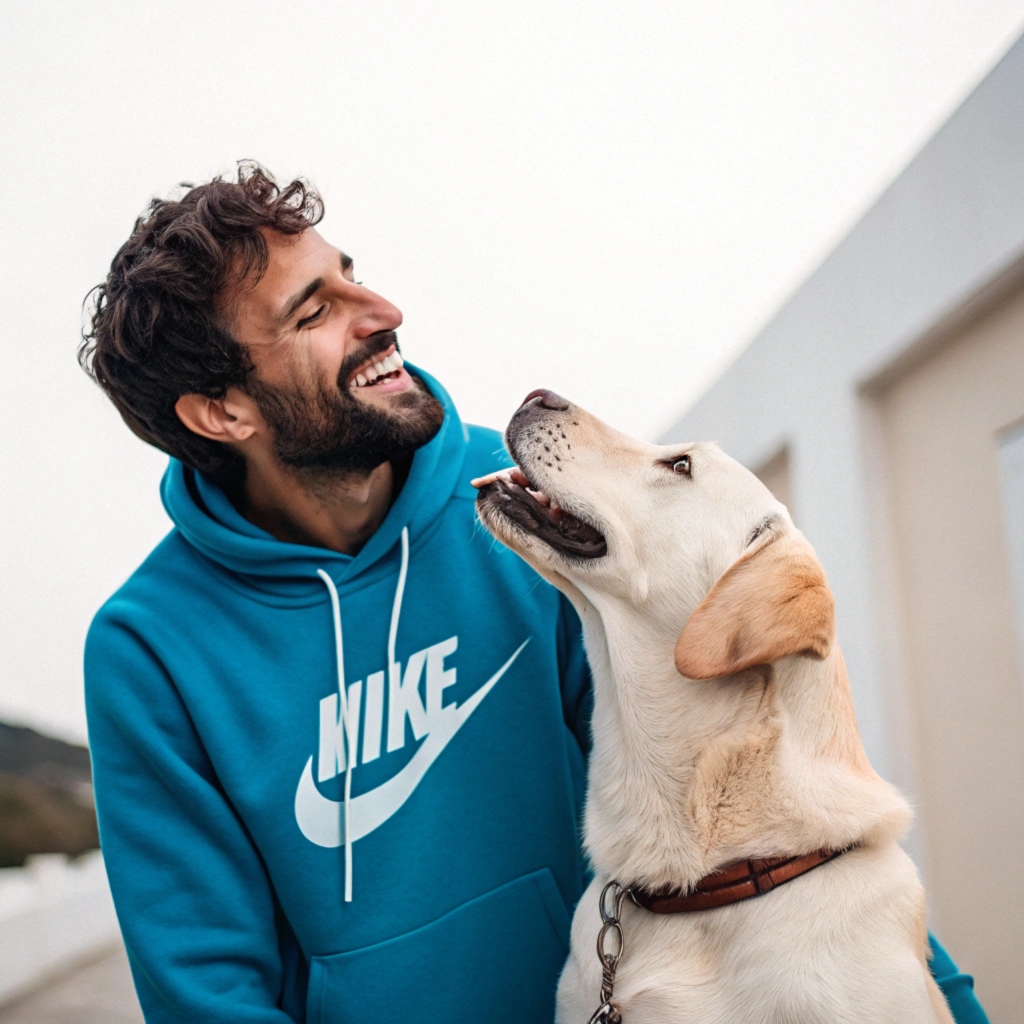
I’ve spent 10+ years in dog training, digging into what makes dogs (and their humans) tick. At Smart Dog Learning, I share my no-nonsense, fun approach to training so you can enjoy life with a well-behaved, happy pup—no boring lectures, just practical results 😉
